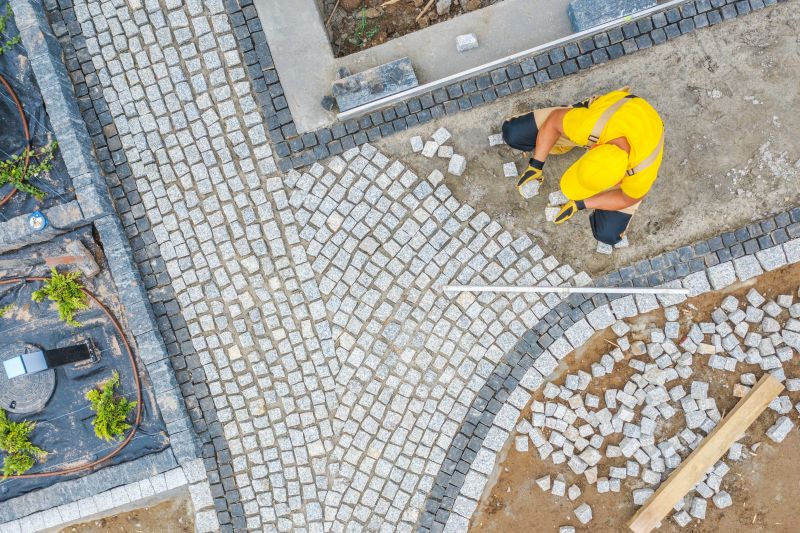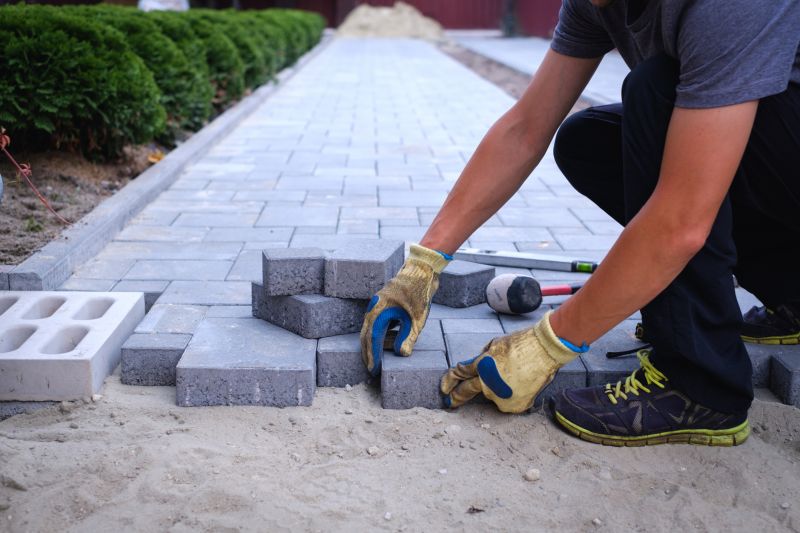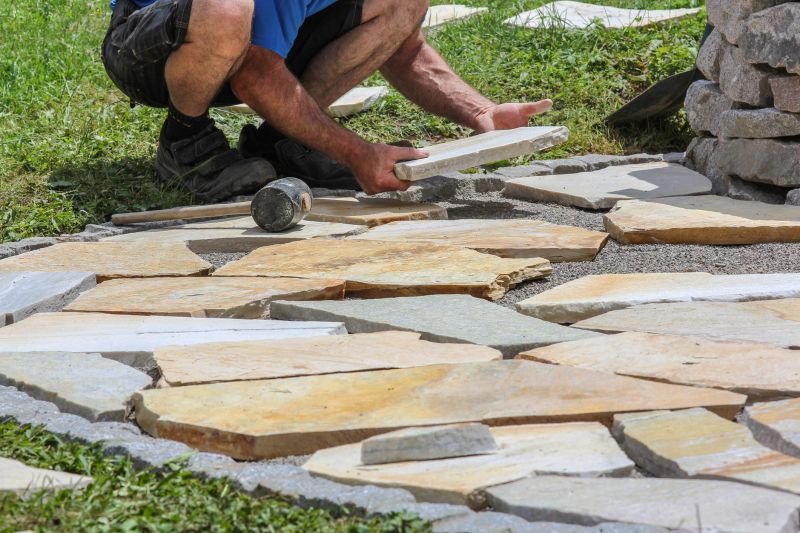Optimal Timing for Paving Projects
Timing plays a crucial role in the success of paving projects. The optimal period for paving depends on weather conditions, temperature, and humidity. Proper timing ensures durability and quality, minimizing the risk of future repairs.
Paving is best performed during dry, warm weather to allow proper curing and adhesion.
The optimal temperature range for paving is typically between 50°F and 85°F, which helps prevent cracking and softening.
Spring and early fall are generally preferred for paving, avoiding extreme cold or heat.
Paving should be scheduled when there is no forecast of rain, as moisture can compromise the integrity of the asphalt.

Spring offers moderate temperatures and dry conditions ideal for paving projects.

Summer provides warm weather, but high temperatures can affect asphalt curing if not managed properly.

Early fall is suitable due to cooler temperatures and lower precipitation levels.

Ways to make Paving Service work in tight or awkward layouts.

Popular materials for Paving Service and why they hold up over time.

Simple add-ons that improve Paving Service without blowing the budget.
| Season | Best Practices |
|---|---|
| Spring | Schedule after the last frost, ensure dry conditions. |
| Summer | Avoid extreme heat; schedule early morning or late evening. |
| Fall | Complete before temperatures drop significantly. |
| Winter | Generally not recommended due to cold and moisture issues. |
| General Tip | Monitor weather forecasts to choose optimal days. |
Paving services require careful consideration of seasonal and weather patterns to achieve the best results. Proper timing ensures the pavement cures correctly, leading to a longer-lasting surface. Weather-related factors such as temperature fluctuations, precipitation, and humidity directly impact the quality and durability of paving work.

Scheduling during appropriate weather minimizes issues like cracking and softening.

Ideal for projects aiming for quick curing and minimal weather disruptions.

Suitable for avoiding summer heat and winter cold, ensuring quality results.

Unfavorable conditions can lead to delays and compromised pavement quality.
Choosing the right time for paving is essential for achieving durable and aesthetically pleasing results. Proper scheduling based on seasonal weather patterns can prevent common issues such as cracking, shifting, or premature deterioration. Consulting with paving professionals can help determine the most suitable window for a specific project.
Interested in scheduling paving work? Fill out the contact form to get started.
